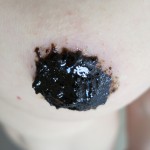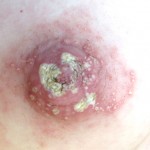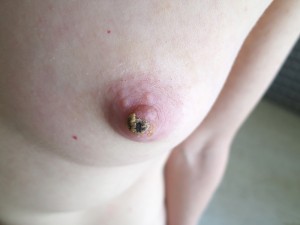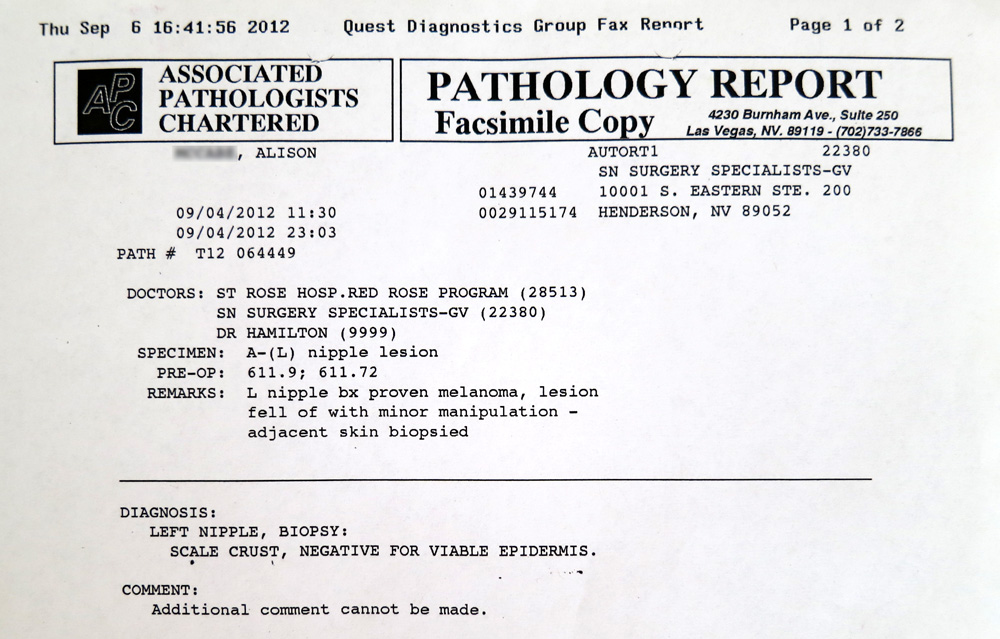Monthly Archives: March 2014
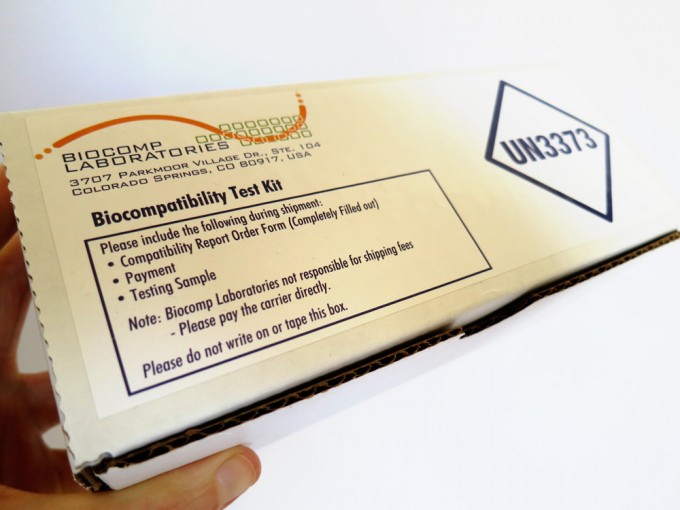
[This blog details heavy metal biocompatibility testing as regards dental materials placed in the body long term.]
In 2008, I had the last of my dental mercury fillings removed, which promptly put me back in intimate touch with my old standby, Big C. The connection between heavy metals and cancer is one I know very well, though it is also one that the mainstream medical system likes to say doesn’t exist, thus my recent excursion into finding and taking a blood serum test that told me whether or not I was mercury reactive based on scientific analysis.
The dental work itself was sloppy – leaving several mercury tattoos and a cracked tooth – and not following the recommended Huggins protocol for safe removal of heavy metals for me saw new melanomas cropping up over 2009, 10, 11 and 12, all capped off by the crowning event of late: a left breast cancer lesion.
As usual, I’m in it to win it. And along the way, gather as much proof along the way as I can, first for me and secondly for all those naysayers who think I’m off my nut for “believing” in heavy metals toxicity. It is not a question of belief, it is a question of testing to see if I’m reactive, how much toxicity is in my system, and then figuring out what to do about it.
While dealing with my left breast nipple lesion in 2012, I read some very interesting things about how teeth are connected to specific organs and systems in the body via meridians, as in Chinese medicine. No real surprise to me that the left breast corresponded tooth-wise with the upper left first molar, where, interestingly enough, a very noticeable mercury tattoo still lived on the tooth and gumline (see the dead set sexy pic of the interior of my mouth above where you’ll notice the grey-tinged areas above and on the tooth of concern). When I was a kid, this tooth developed a full-on hole on its inner surface on the gumline, which was filled by…drum roll, please…silver-mercury amalgam. As the American Dental Association declares on its website:
Dental amalgam is considered a safe, affordable and durable material that has been used to restore the teeth of more than 100 million Americans. It contains a mixture of metals such as silver, copper and tin, in addition to mercury, which binds these components into a hard, stable and safe substance. Dental amalgam has been studied and reviewed extensively, and has established a record of safety and effectiveness.
The FDI World Dental Federation and the World Health Organization concluded in a 1997 consensus statementi: “No controlled studies have been published demonstrating systemic adverse effects from amalgam restorations.” Another conclusion of the report stated that, aside from rare instances of local side effects of allergic reactions, “the small amount of mercury released from amalgam restorations, especially during placement and removal, has not been shown to cause any … adverse health effects.”
[Source: American Dental Association]
My response? My ASS.
And I’ll give you even more than that: a material safety data sheet on mercury (and here’s one on dental amalgam alloy). It took about 30 seconds on a wireless internet connection to find all these, so please read them for yourself and do your own research as well to see where your opinion falls on the ADA’s statement.
I’ve heard plenty of “it’s all in yer head, Sweetie” – enough for me to get into the habit of questioning everything that’s ever been said to me by a mainstream medical practitioner. In my experience, suggesting to a mercury-sensitive individual that mercury or other toxins aren’t possible culprits in chronic diseases (such as cancer) is like telling a peanut-allergic individual to get over it and have a Reese’s.
As well, the ADA hasn’t studied yours truly, and as someone who is sensitive to mercury (tested, yes) and who seems to have no problem retaining too much of it in my tissues (tested again – and a genetic predisposition, from what I’ve read regarding certain genotypes not being able to excrete metals efficiently), I have to ask: Who the hell paid the ADA to state such things?
Given my experience with insurance companies that refused to cover mercury removal (otherwise they’d get found out and have to do a whole lotta freebie dental revisions, I suppose), my trust in the ADA regarding the mercury toxicity issue doesn’t even register. Their interests and my interests are divergent – ne’er shall their paths cross – and science corrupted by money isn’t really science, and all that.
I first discovered there was a blood serum biocompatibility test for heavy metals in the form of dental materials when I started talking with the American Bio Dental Clinic in Tijuana, Mexico. They encouraged all their patients dealing with cancer to have one, and for me, it was a no-brainer as I’m always after proof of what is actually going on…not what someone “thinks” just by looking at me, aka the Bill Frist “diagnosis.” Only when I see the real deal picture can the action I take be accurate and effective.
The test recommended to me was the Biocompatibility Test Kit from BioComp Labortories in Colorado Springs, Colorado in the US of A, which American Bio Dental forwarded directly to me previous to my initial scheduled dental revision in Tijuana. The picture behind this blog post (toggle the content away and back by clicking the round button with the + or – sign in it) shows what the test kit’s box looks like, including the test number (UN3373) along with the lab’s address and simple instructions.
Contents of the test kit include paper work (a Compatibility Report Order Form, Lab Instructions, Patient Instructions, FAQs and a Request for Client Serum Sample). In addition, there is a styrofoam container with a serum tube, outer tube and two small freezer packs that must be frozen for serum shipment to the lab for testing.
After fasting overnight per the instructions, I took the kit first to LabCorps, which had this test in their system under the instructions “Do NOT Use – Pending” and could not do the blood draw. Then it was on to Quest Diagnostics, who happily did the test per the instructions. After the blood draw and my payment, Quest sent my kit directly to BioComp Labs for the analysis.
The total cost for this was as follows:
$350 Serum Biocompatibility Test (including shipping & compatibility report)
$41.80 Blood draw at Quest Diagnostics:
$391.80 – Grand Total (and note that this test was not covered by insurance – nor was I – at the time it was done in mid-November, 2013)
When I got the results back from BioComp’s Blood Serum Compatibility Test, I was not at all surprised. This is further validation for what several top-notch holistic medical pros claimed was a major factor in the health problems I’ve had.
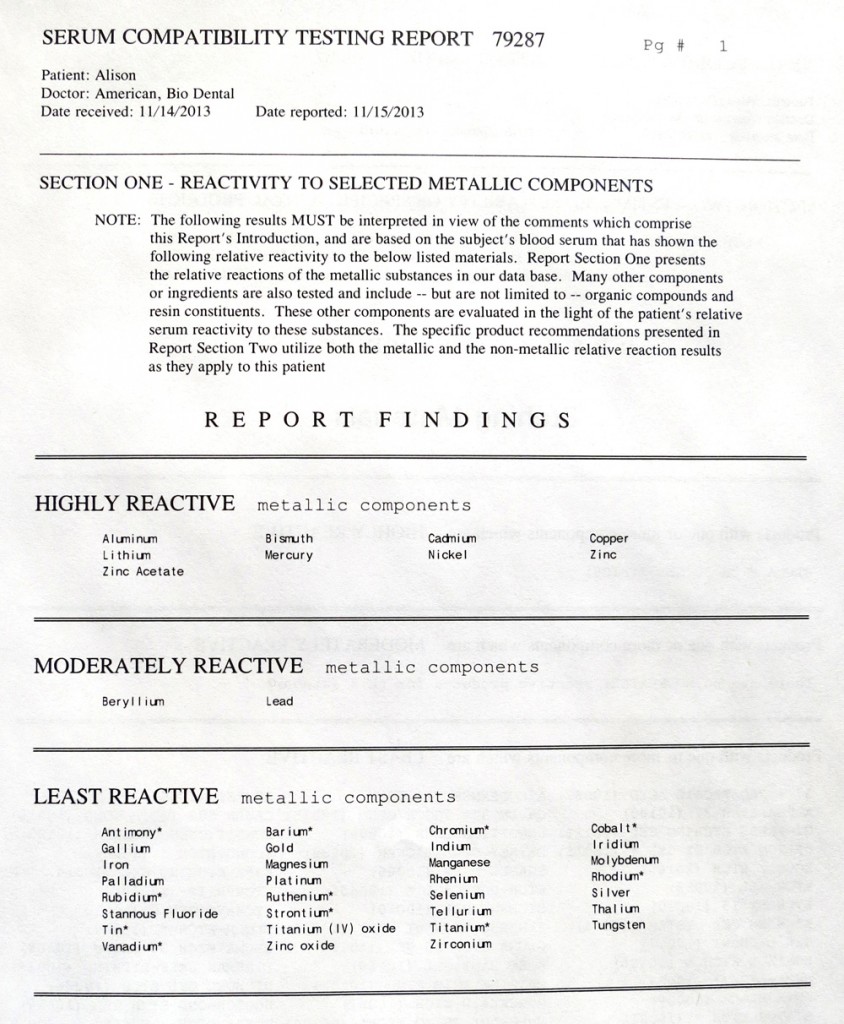
Page 1 from BioComp Labs’ report (see above image) contained a listing of dozens of metals used in various dental materials, separated by reactivity level in me as the subject tested via blood serum analysis.
As you can see for yourself above, in the Highly Reactive category was my old pal mercury and a few other heavy metallic malcontents, including nickel (petro fumes, cigarette smoke, cookware, etc.), aluminum (cans, foil, cookware, etc.), lithium, cadmium, copper…and even zinc and zinc acetate.
Of interest was bismuth, that ingredient in Pepto-Bismol (or Pink Bismuth if you’re going generic) that also showed up in the Highly Reactive category. I’m not sure what the full interpretation of this is, because Pepto-Bismol seems to work just fine for me (though I rarely use it, so that may be telling).
Silver and gold turned up in the Least Reactive category (of course, I’ve always had an affinity for those :-)). So did Titanium and Zinc oxides (used in sunscreens and other products), Stannous Flouride (toothpastes) and plenty of other metals.
This testing report also contains dozens more pages of thousands of dental materials, categorized as Highly, Moderately or Least Reactive. The American Bio Dental Clinic in Tijuana informed me they use a product called Diamond Crown for composites, fillings and inlays (most of the work I’ve had done by them), and this showed up in my report as being among the Least Reactive. That is good news! Anything that is permanently fixed in my mouth had better fall into that category, otherwise it’s yet another possible cause for the cancer cup to runeth over.
This brings me to some commentary on the dental industry as a whole, speaking from the experience of years spent down the hole on mercury toxicity and other issues that could have easily been prevented had my childhood dentist simply tested me for compatibility with dental mercury amalgam. The fact that at least a dozen amalgams were placed in my mouth without my knowing the possible effects – or even being given a choice in the matter – illustrates everything that is wrong with the mainstream medical system and its largely one size fits all mentality.
Considering that Romney-Obamacare doesn’t yet include this type of biocompatibility test as part of a larger preventative scheme, it needs revision – and soon. Having read that we are now exposed to more toxins in 15 minutes than our grandparents were over their whole lives makes lowering the body’s burden even more critical than ever.
Yours in good health,
Alison
PS – BioComp Laboratories can be found via www.biocomplaboratories.com and the American Bio Dental Clinic by pointing to www.americanbiodental.com. Ain’t research fun? Cheers…
[Contents of this post are for educational purposes only and all that jazz.]
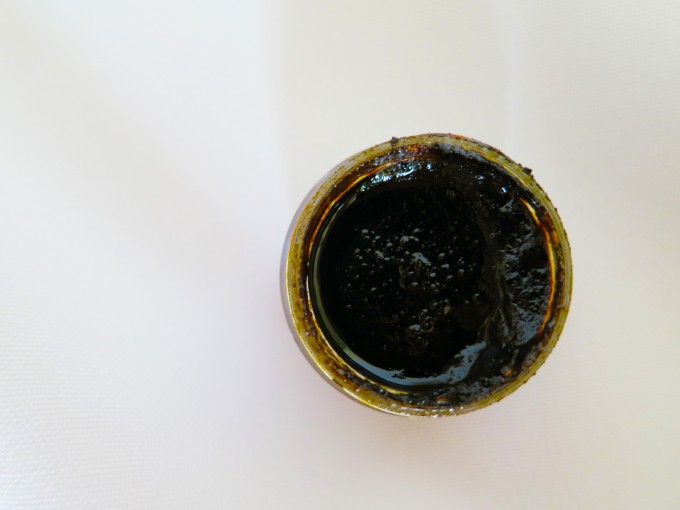
[This is the Second Part of my Series on black salve. WARNING: Some may consider the images on this post to be graphic, but please note that cancer does NOT attack clothing, but rather the naked body.]
I could have also titled this post My Left Boob Tried to Kill Me (Small as It Is). In any case, here ’tis…and don’t tell me I never do nothin’ fer ye.
In December of 2011, I noticed a lesion on my left breast nipple. It itched, I scratched, and it bled. Having a long history of extensive melanoma that appears where the sun shines (and where it doesn’t), this was not a good sign. There were other symptoms as well, including a draining sensation in the lymph nodes in my left armpit. Yep, there was definitely something going on there.
In the early days of 2012, I started looking around for a way to address this newfound thing on my body and did a lot of research to boot. Was this breast cancer? Or melanoma gone wild? Given that my attitude toward cancer is that it’s all systemic to me, did it matter?
In some ways, yes, because melanoma is a hormonal-driven cancer, that is, it can get a lot worse very quickly via fluctuations in estrogen (birth control pills, monthly cycles, some say soy and some say not, etc.). But in most ways, no. Because it boiled down to the fact that I was still dealing with the Big C, long after my initial melanoma diagnosis in 2001. Meaning there was – is – something in me which produces this condition, with help from toxicity, stress and/or whatever other co-factors are floating around at any given time that might cause the cup to runeth over.
After several months of being told to have mammograms and other things I wasn’t too keen on (I’d prefer thermography), I jumped right in with the black salve and slathered my left nipple with it (see pic to the left).
A few hours later, I snapped a shot of the salve’s effects, which were immediate and intense. Note on the pic to the right there is lots of swelling and white areas with some darker areas just starting to appear. I then re-applied more salve and decided to leave it on until the pain started to subside.
This was three days I’ll never forget. Zero sleep for a full 72 hours. And, breast tissue being as sensitive as it is, pain like you would not believe. Yes, I made a mental note to go a bit slower in the future.
The next image shows how it looked many days after applying the salve, when it had had a chance to dry out with some of the smaller satellite areas flaking off, and after the swelling had gone down quite a bit:
I’m not a fan of the insurance-racketed system here in the US, nor am I thrilled with the pricing of some procedures, so I contacted the Komen Foundation for this one. I wanted some answers in the form of labwork, especially since I had an active lesion treated with the black salve.
The doctor handling my case told me she “didn’t buy it” regarding the black salve killing off the cancer and told me “the whole nipple’s gonna have to come out.”
Surgery sure does pay!
Ahhh, US Sick’n’Pay. Anything not sanctioned by Big Pharma was in the doghouse, and quackery, and all of it. But, thanks to a biopsy that included the black salve-treated lesion (it fell off during the operation, so the doctor included it for analysis), I was about to see a different picture, namely the one below:
After this pathology report showed up, the doctor was silent on all my comments about the salve killing off the cancer. She did say “the pathologist thought he saw something, but it was dried out,” and ordered another biopsy (thankfully negative), but never said she was “not buying it” or anything like that again. That is because “negative for viable epidermis” means DEAD TISSUE. ‘Nuff said.
Yes, black salve does work. It will debulk a tumor. No, I don’t know exactly how. Yes, treating with the black salve can be painful. And if you don’t go slow, you may wind up with big chunks of necrotic tissue falling off your bod. That is how effective it is.
And yes, I have photos of the post-biopsy lesion area featuring stitches, but have chosen not to include those here (and sorry, no images of pliers on the nipple or anything like that, so please don’t hound me for those).
At this point, I am left with one nipple and something that looks along the lines of a pale pink pasty – such is the nature of cancer. Perhaps I could get away with some nude protests and not get prosecuted (oh, when will this country ditch the puritanical shite?).
My research and experiences continue. My next trick may involve multiple shave biopsies and black salve applications to validate that it only attacks cancerous tissue.
Any doctors out there game?
As always, I’ll post more information as I have it.
Yours in Good Health,
Alison

